In the whimsical world of pets, where fur and paws reign supreme, some residents have been moonlighting across species lines, blurring the boundaries between feline and canine. Imagine a cat fetching a ball or a dog gracefully perching on a windowsill. Whether it’s a particular personality quirk or an unexpected behavioral trait, some breeds have a foot—or paw—firmly planted in both worlds. Let’s delve into these delightful transgressors of animal convention, where cats moonlight as dogs and vice versa. It’s a tale of tail-wagging, purr-fect paradoxes that will have you rethinking what it means to be a cat or a dog.
1. Maine Coon: The Dog Of The Cat World
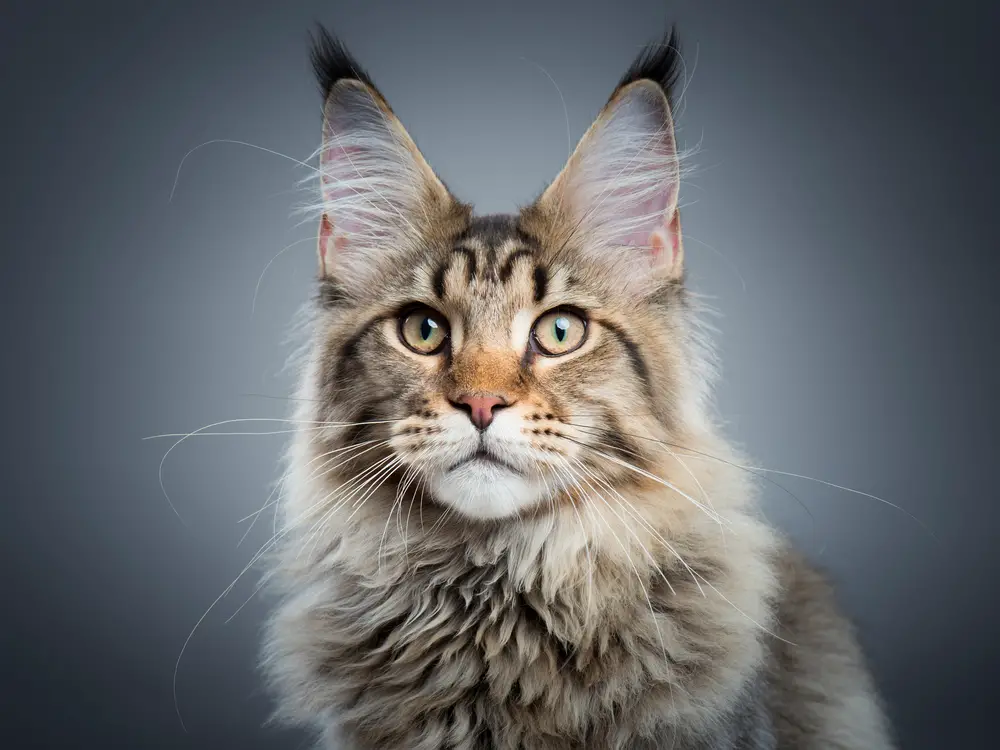
The majestic Maine Coon, with its tufted ears and bushy tail, often finds itself compared to dogs—and for good reason. This feline juggernaut isn’t just large in stature; it’s also large in heart and sociability. Known for following their humans from room to room, Maine Coons exhibit a dog-like loyalty and companionship that’s rare in other cat breeds. According to The International Cat Association, Maine Coons are sweet-tempered, gentle, and friendly, getting along with just about everyone.
Moreover, their gentle temperament and intelligence make them easily trainable, much like a dog. They enjoy interactive games and are often seen walking on a leash, straddling the line between feline independence and canine gaiety. While they may not bark, their vocalizations—chirps and trills—are unique and engaging, adding to their charm as honorary dogs. Living with a Maine Coon means embracing their dog-like traits while still indulging in the sophisticated essence of a cat.
2. Basenji: The Cat In Canine Clothing
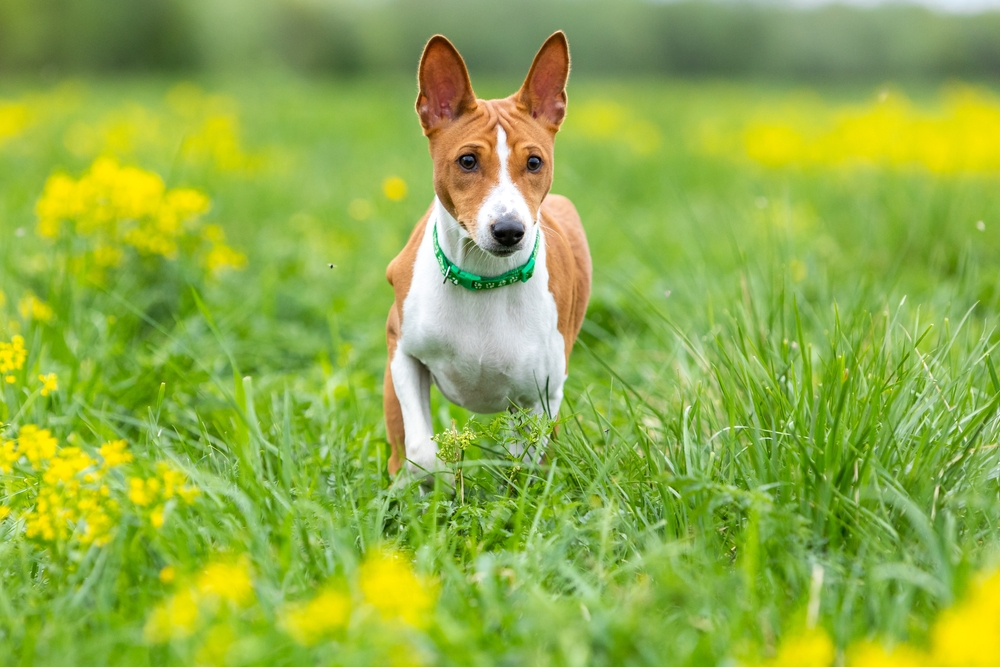
The Basenji stands out in the canine crowd, not because of its bark, but rather the lack thereof. Often referred to as the “barkless dog,” this breed communicates through yodels and howls, reminiscent of a cat’s more understated vocalizations. Originating from Africa, the Basenji’s independent nature and fastidious grooming habits echo those of a cat. According to the Basenji Club of America, this breed is known for their cat-like aloofness and curiosity, often preferring their own company or that of select humans.
Despite their independence, Basenjis are quite loyal and protective of their families. They possess an agile, athletic build that allows them to leap gracefully, much like a cat. Basenjis can often be found sunbathing in a favorite spot or meticulously cleaning themselves, further blurring the lines between feline and canine. Their enigmatic blend of characteristics makes them an ideal companion for those who appreciate the complexities of both species.
3. Turkish Van: The Swimmer’s Delight
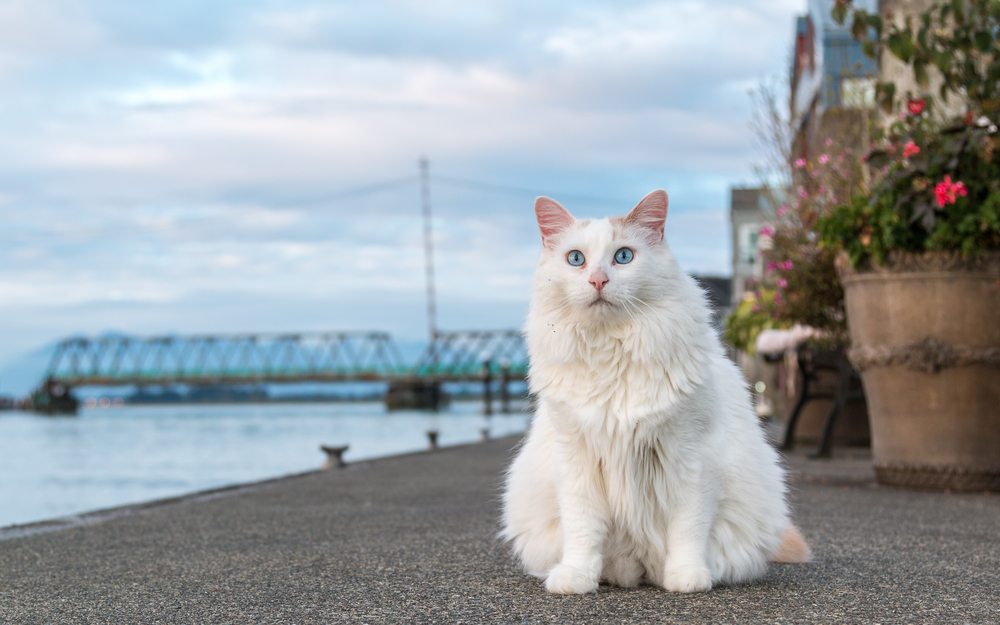
The Turkish Van is a domestic cat breed renowned for its love of water, a trait that aligns it more closely with dog-like behavior. Known for their swimming prowess, these cats have been dubbed “swimming cats,” an unusual characteristic in the feline world. They are energetic and playful, often engaging in games of fetch or chasing after toys with the enthusiasm of a retriever. According to Wikipedia, this breed hails from the Lake Van region in Turkey, where their affinity for water likely developed.
In addition to their love of water, Turkish Vans are known for their affectionate nature and desire to be involved in whatever their human is doing. They form strong bonds with their families and often follow their owners around the house, much like a loyal dog would. Agile and clever, they enjoy problem-solving games and thrive in interactive environments. The Turkish Van’s unique blend of feline grace and canine playfulness makes them a captivating addition to any household.
4. Shetland Sheepdog: The Feline Herder
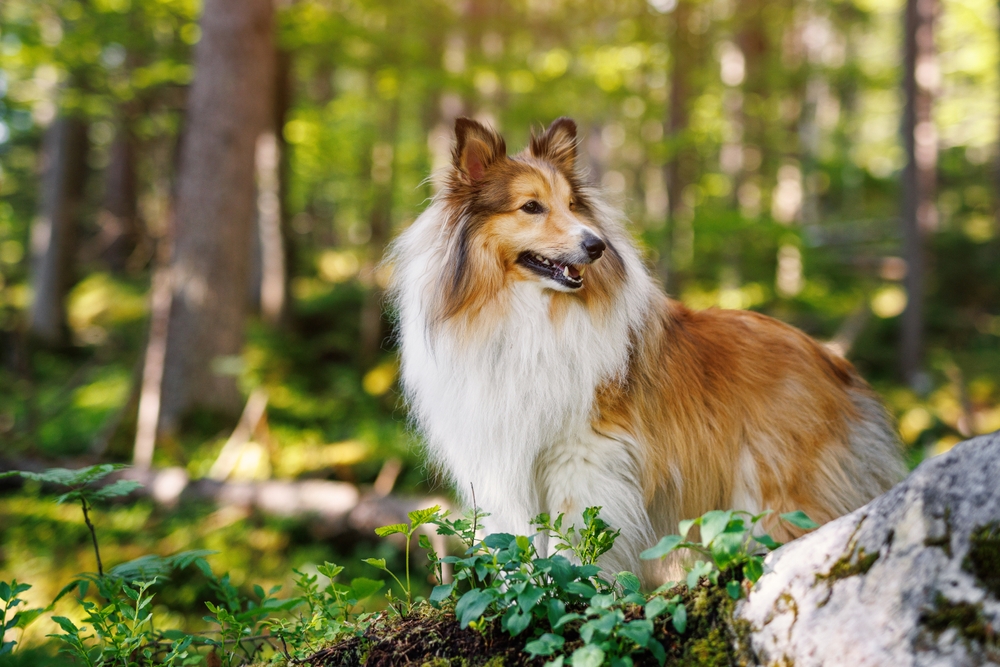
Shetland Sheepdogs, often mistaken for mini Collies, are well-known for their herding instincts, but did you know they can also manage to keep cats in line? While these dogs are traditionally bred to herd sheep, they’ve been known to apply their herding skills to other animals, including the family cat. Their keen intelligence and strong work ethic make them incredibly intuitive when it comes to managing the chaos of a multi-pet household. According to Hill’s Pet Nutrition, Shelties can gently guide cats without aggression while fostering close bonds with them.
Despite their herding background, Shetland Sheepdogs are typically gentle and respectful with other pets, including cats. Their natural instinct is not to be aggressive but to corral and guide, often bringing a sense of order to the household. With the right training, Shelties can form surprisingly close bonds with cats, playing together and providing each other with company. If you’re looking for harmony between your cat and dog companions, Shelties might just be the perfect choice.
5. Abyssinian: The Energized Acrobat
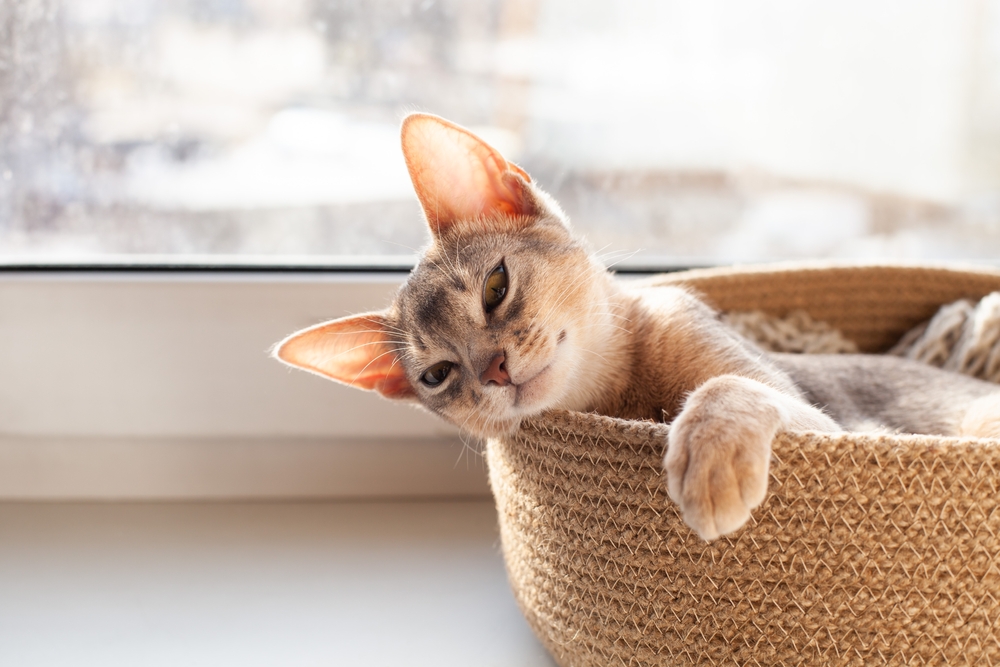
6. Shiba Inu: The Independent Stalwart
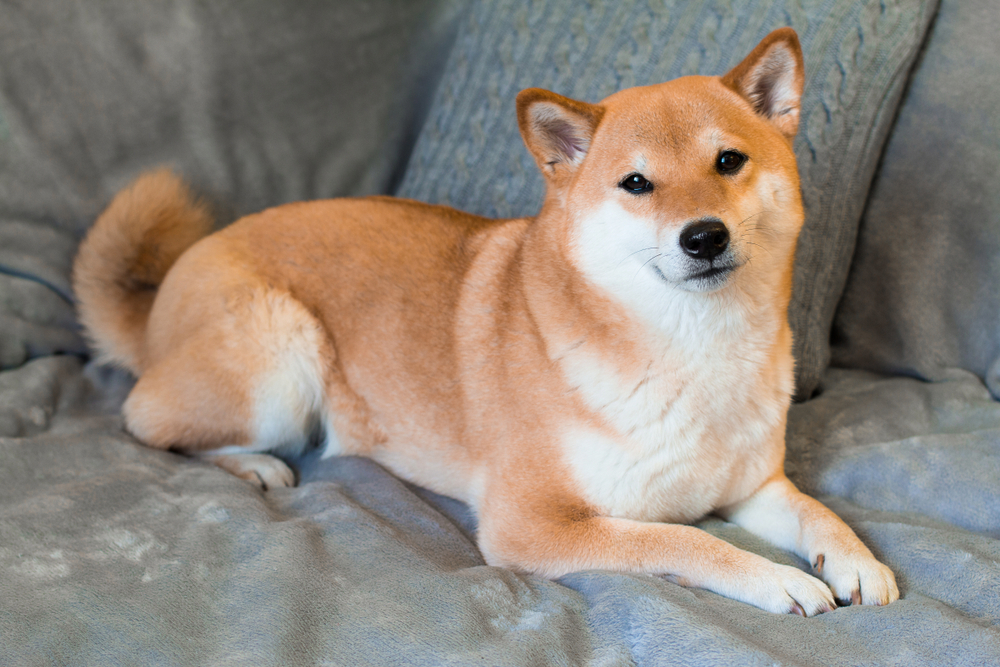
7. Burmese: The Social Butterfly
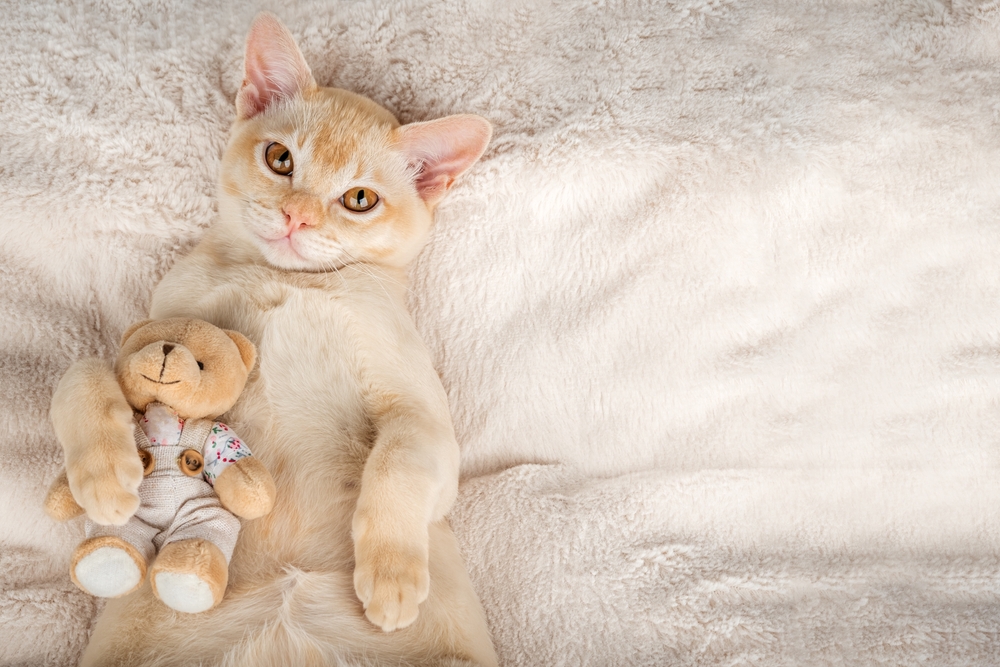
8. Chow Chow: The Feline Canine
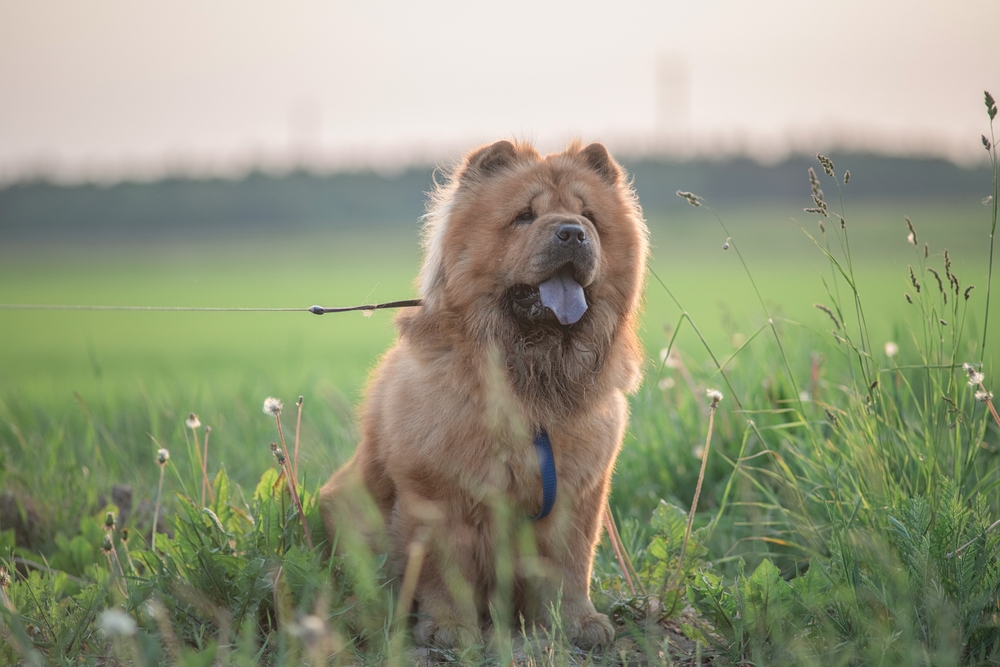
9. Japanese Bobtail: The Charming Companion
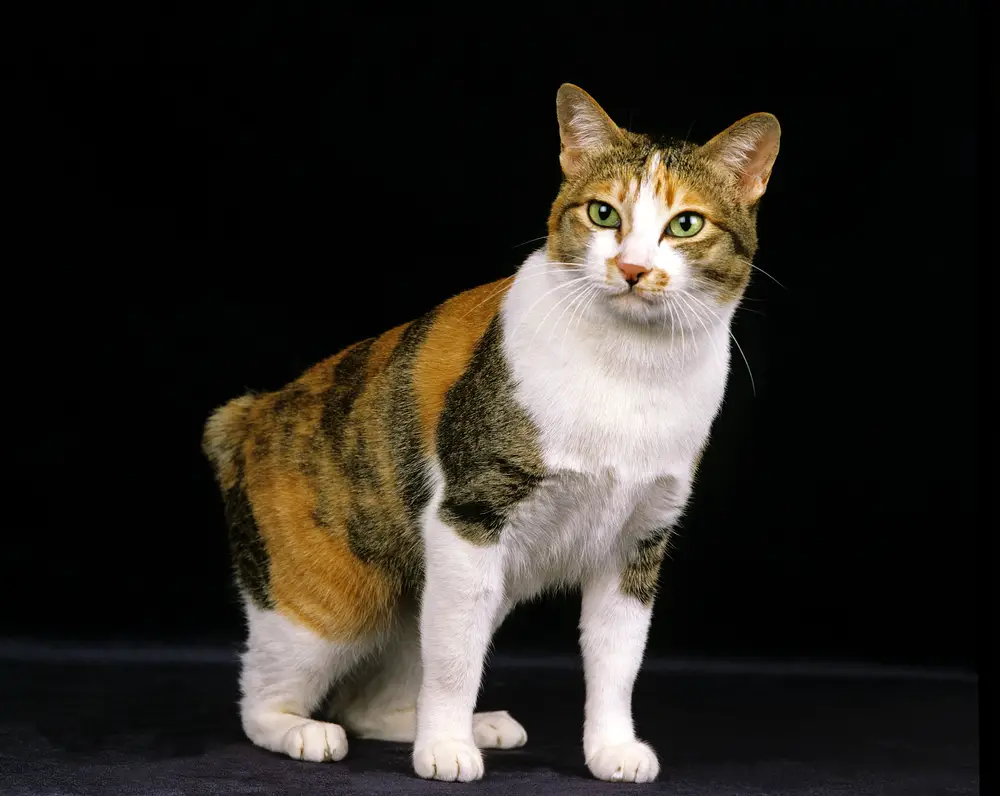
10. Australian Terrier: The Agile Explorer
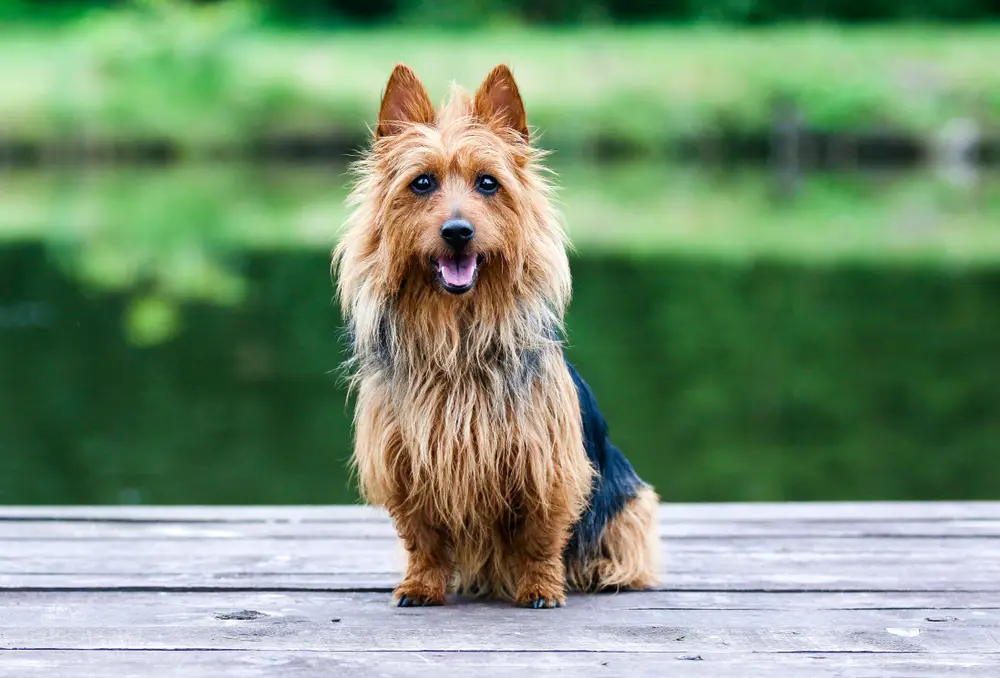
11. Ragdoll: The Lapdog Of Cats
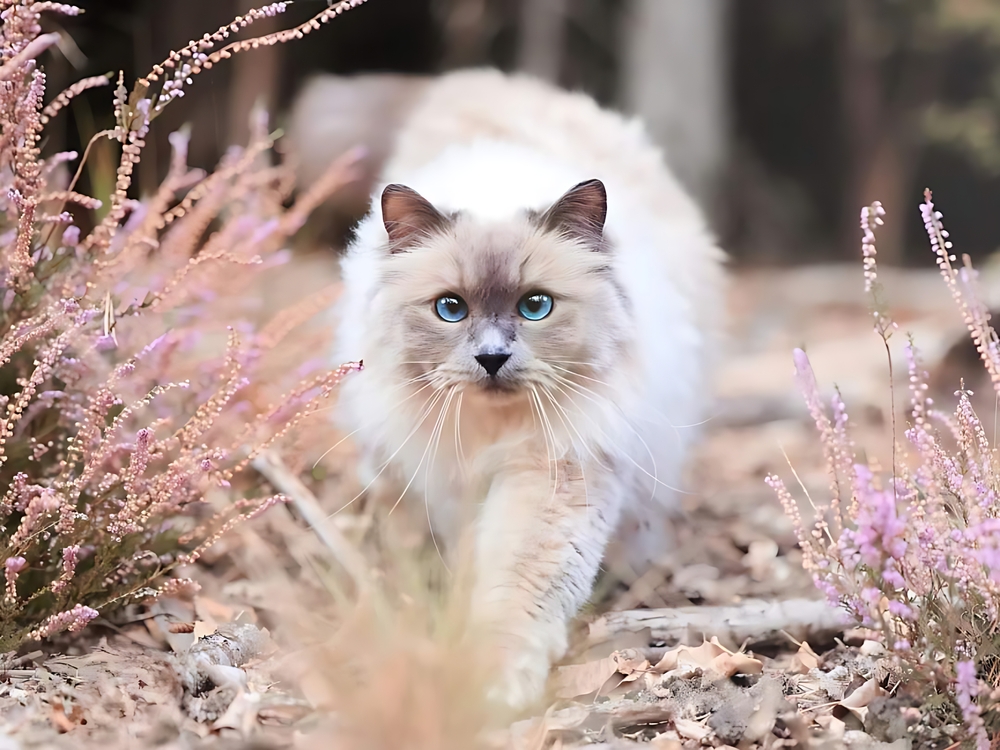
12. Whippet: The Elegant Recliner
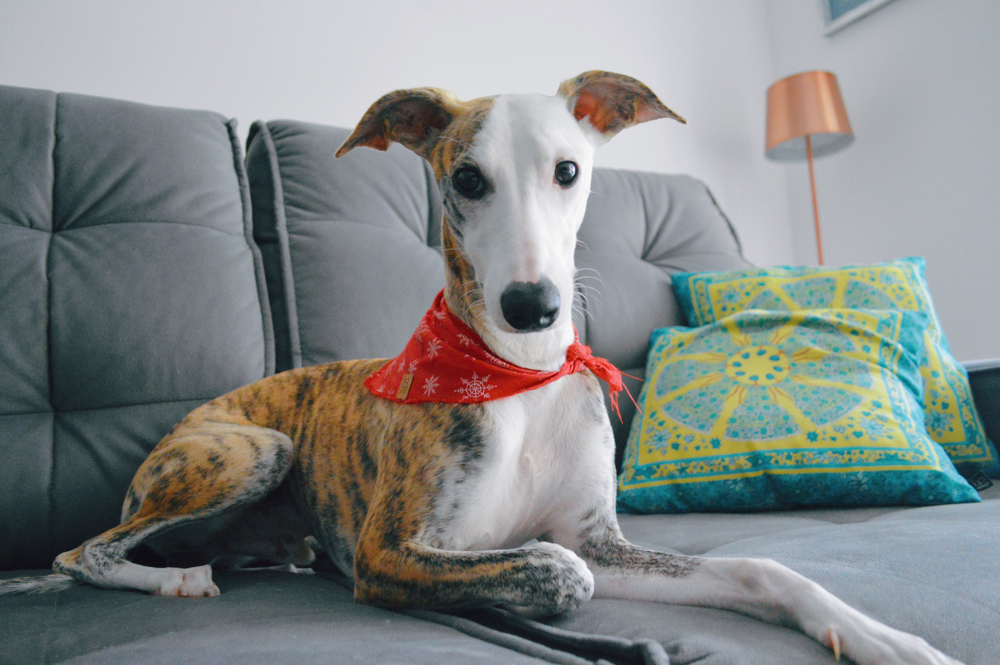
13. Norwegian Forest Cat: The Adventurous Spirit
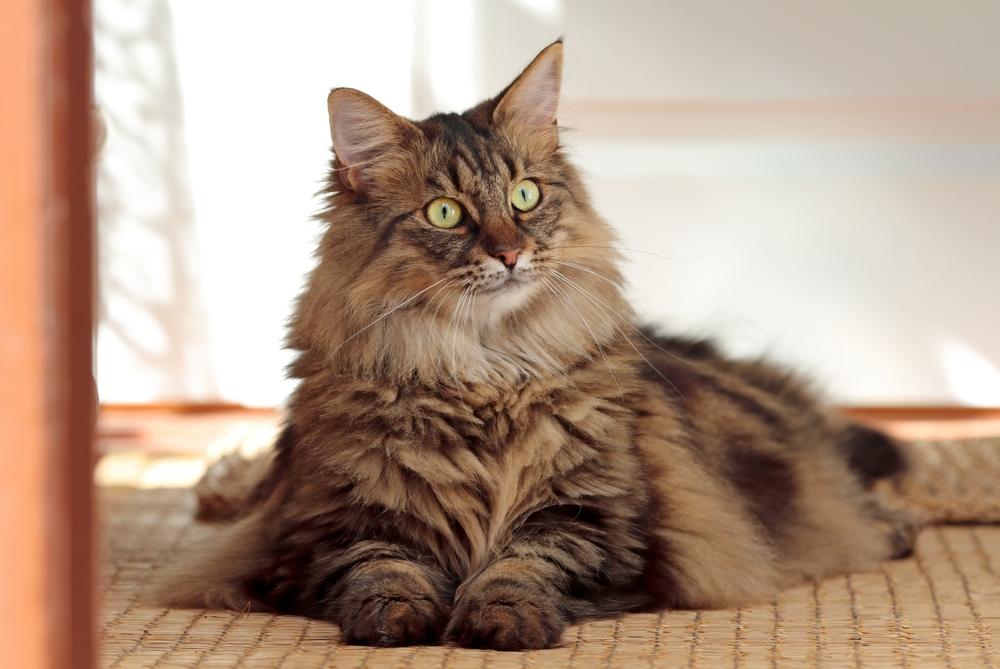
In the enchanting crossover of cats and dogs, these breeds remind us that nature often defies our expectations. They embrace the best of both worlds, showcasing the delightful unpredictability of our beloved pets. Whether it’s a cat fetching a stick or a dog gracefully navigating a windowsill, these animals embody a unique convergence of traits that challenge and charm in equal measure.
